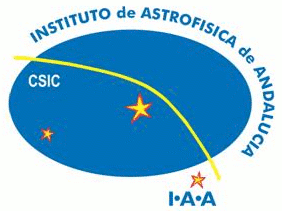The Wold Decomposition Theorem proves that any stationary process has an exact representation that nicely separates its random and deterministic components. The random part has many equivalent forms — moving average (MA), auto-regressive (AR), and combined ARMA models for example. Conventionally it is assumed that the representation is causal, minimum-delay, and with constant AR/MA coefficients. However these properties are not necessarily shared by Mother Nature. Unfortunately the conventional estimation techniques are based on second-order statistics and can find only models with these properties. The simplest aspect of this problem is that these techniques are incapable of distinguishing time series data from the same data reversed in time. In many astronomical contexts this “arrow of time” is very important, for example when an explosive physical event produces a sharply increasing luminosity followed by a
slower decline.
A generalized Wold Decomposition shows that a process described by a model of order M has 2**M (2 to the power M) different forms that are different physically but have equivalent second-order statistics. Several attempts to derive practical estimation techniques to resolve this degeneracy — based on L1 optimization and minimum area return maps — have had limited success. Connectivity, because of the way it is computed, can distinguish forward and backward causality. I will summarize results of tests to evaluate the ability of the connectivity of time series data to resolve the above mentioned degeneracy in general and determine the direction of the arrow of time in particular.
Jeff Scargle






